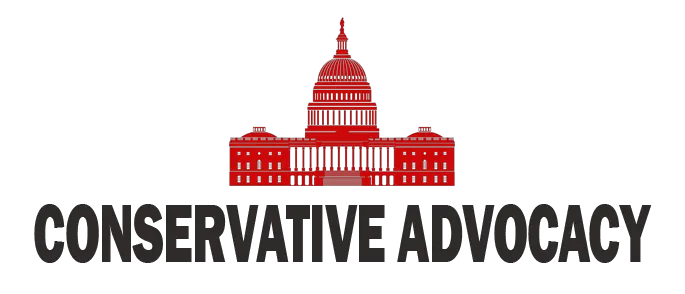In an effort to promote the federal subsidies that have enabled a wind turbine manufacturing facility in Pueblo, Colorado, to double its output, President Biden is scheduled to visit the facility. Critics, on the other hand, contend that the lavish government subsidies will ultimately be costly to taxpayers and ratepayers.
Biden’s hard sell of wind energy hits ‘economic wall’https://t.co/EcuWUTsV67 pic.twitter.com/tpqdd5bpUS
— The Washington Times (@WashTimes) November 29, 2023
The wind energy drive coincides with an increase in public opposition to onshore and offshore wind farms. There is a widespread contention that the escalating expenses associated with the construction and upkeep of these facilities will ultimately be borne by taxpayers and ratepayers.
"The public does not want wind energy," says energy industry expert Jonathan Lesser. "Wind energy is colliding with an economic wall."
Despite these concerns, wind energy constituted 10.3% of the United States' energy balance in 2022, and as the country transitions away from fossil fuels, some experts believe it can play an even larger role.
According to energy specialist Jay Apt, wind and solar energy have the potential to constitute a substantial portion of the energy mix in the United States due to their simple integration into the power infrastructure.
However, the wind energy sector encounters substantial challenges, such as disruptions in the supply chain, exorbitant expenses, and resistance from the general public. Obstacles have impeded President Biden's pursuit of 30,000 megawatts of offshore wind energy production along the East Coast by 2030, and public opposition to terrestrial wind farms is also increasing.
Orsted, a Danish renewable energy company, withdrew from two significant offshore wind projects along the New Jersey coast in late October. The company's reasons for withdrawal were escalating expenses and insufficient tax credits. Local governments, residents, and the fishing industry filed lawsuits against the company for potential environmental and tourism harm.
Difficulties transcend the borders of New Jersey, as wind farm initiatives in New England and New York are similarly confronted with cost escalations and supply chain disruptions.
Additionally, opposition exists for onshore wind farm projects, as some communities express concern over the pollution and environmental impact of these farms. Voters in rural Michigan opposed a 375-megawatt wind farm on the grounds that it could negatively impact the economy, the environment, and property values.
Legal issues have also plagued the transmission lines required to distribute wind energy and other renewable sources, which has caused project delays and complications.
Opponents of wind farm projects contend that they incur substantial costs, inflict environmental harm, and introduce instability into the electrical grid. Additionally, they highlight the fact that wind turbines frequently function below their maximum capacity, necessitating the use of reserve energy sources, which ultimately contributes to increased electricity expenses.
President Biden is determined to accelerate the nation's wind energy efforts despite these concerns, and has announced intentions to invest in large-scale transmission lines to transport renewable energy.
The discourse surrounding the future of wind energy in the United States escalates in anticipation of the president's visit to the wind turbine manufacturing facility; conservatives express concerns regarding the possible ramifications of the administration's renewable energy agenda.




